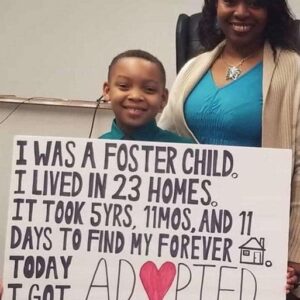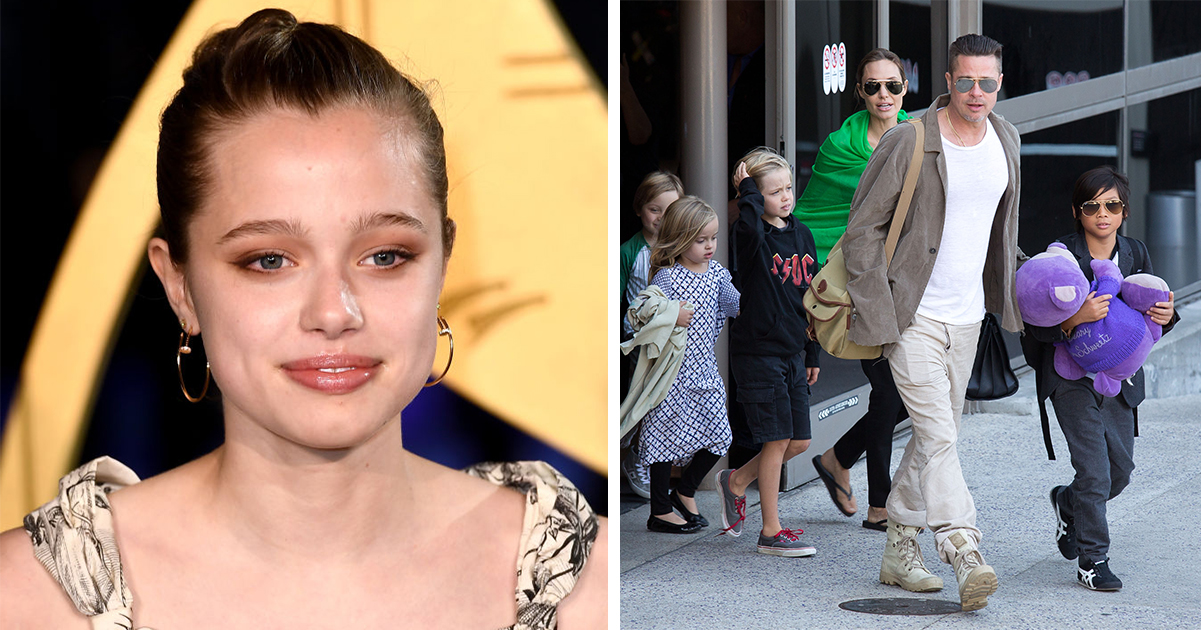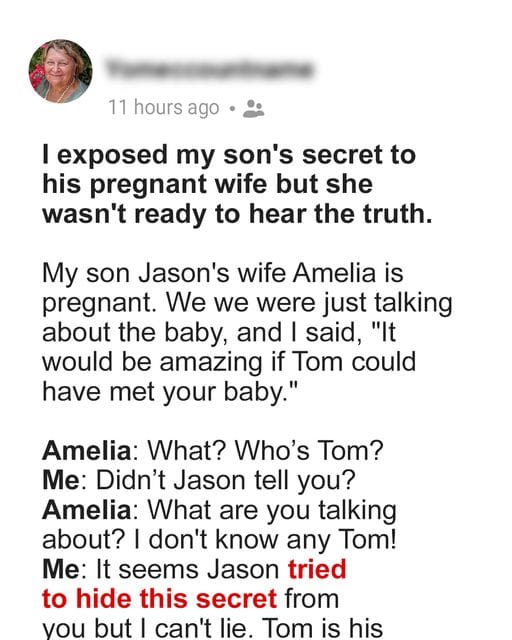We will also consider the bigger picture, dive into the nuances of adoption and foster care, looking into the ways we can contribute in helping foster youth when we’re not able to adopt, and seeing where the future could lead. Let’s get into it!
This post may include affiliate links.

Together We Rise is a non-profit organization aiming to make the foster care experience better for the 430,000 children going through it. They collaborate with individuals, companies, and community partners to bring resources, providing thousands of foster youth new bicycles, educational programs, college scholarships, and sweet cases to give them a fun and convenient way to pack and transport their belongings. They believe that children in foster care deserve dignity, respect, and support.
For over two years they have been sharing heartwarming photos of foster kids on the day they were adopted into their “forever families”. While most of them show the children standing next to signs announcing how much time they spent in foster care before being adopted, their pure happiness cannot be mistaken.


“With so much negative news surrounding foster care we just want to highlight the positive with amazing adoptions that are happening every day,” the Executive Director of Together We Rise, Gianna Dahlia, told The Huffington Post. She continues to say that they want to inspire families, either going through the process of adoption or considering it. The non-profit told Bored Panda: “we’ve had thousands of people reach out to us and either say they are considering being a foster parent or adopting because of the photos.” They’ve also received inquiries and offers of help from professionals and volunteers.


The pictures truly show a time of celebration, so much love and joy being shared. However, the pictures are not only met with positivity, but also criticism, accusing them of exploiting these children as props and minimizing the issues at hand. And you can’t help but question, do these people have a point? So let’s have a look at some facts and professionals suggesting potential solutions other than adoption.

Even if adoption is a potentially life-changing solution, it is not accessible to everyone. The process is long-winded and expensive, outside the capabilities of potential adopters. According to the Child Welfare Information Gateway, an agency adoption generally ranges from $20,000 to $45,000, an independent adoption from $15,000 to $40,000, and an international adoption from $20,000 to $50,000.
Of course, there are potential solutions to aid funding, such as HelpUsAdopt.org, but it isn’t the only bump in the road. There are also certain stigma surrounding topics of religion, sexual orientation, race, being single or part of an unmarried relationship. There are resources such as the “All Children – All Families” database of agencies committed to nondiscriminatory policies. The LGBT Bar Association’s Family Law Institute also maintains a directory of lawyers committed to diversity.

But what about the rest of us for whom adoption is not an option? Are the kids supposed to continue looking at it as the only option, basing their value and likeability on it? Truly, what is in their best interest? According to Kevin Williams: “The Government’s continued view of adoption as the gold standard in a pre-ordained hierarchy of care, and their assertion that children in care are ‘waiting for a permanent, loving home’ is offensive.” Instead of prioritizing adoption, we need to take into account the needs and circumstances of individual children.
It is unrealistic to believe that each and every child will be adopted, especially as adopters prefer younger children, so our focus should be on ensuring a stable life, which allows for quality education and preparation for adulthood.

Shalita O’Neale, the Founder and Executive Director of Hope Forward, Inc, describes the realities of foster youths aging into adulthood, the high rates of incarceration, early parenting, homelessness, unemployment and discussion about mental health issues. In a study conducted by Dworsky, Amy et al., they found that between 31% and 46% of youths aging out of foster care had been homeless at least once by age 26 years. Organizations like Loving Arms Inc. and Hope Forward Inc. are working to address these issues by providing emergency and transitional housing support among other services like mental health support, employment assistance and connection to supportive networks.

The North American Council on Adoptable Children (NACAC) states that children in foster care are more likely to have been exposed to trauma, more likely to have changed schools, more likely to have moved from one home to another, and less likely to have access to comprehensive assessments, compared to children who are not involved in child welfare. What this means is that we need to promote a means for youth to grow up ready for adulthood, not only academically, but also socially and emotionally intelligent, ready to flow into the broader community.

If you’d like to help support Together We Rise, here is the link. You can also donate to NACAC here. Otherwise, look into your respective communities for non-profits aiming to better the lives of foster children. But for now, enjoy the rest of these heartwarming pictures and let us know your thoughts in the comments!















Bright Smiles And Utter Joy Captured In 30 Pictures On The Day Of Adoption, Shared By This Non-Profit Helping Youth In Foster Care

YOU MAY LIKE









